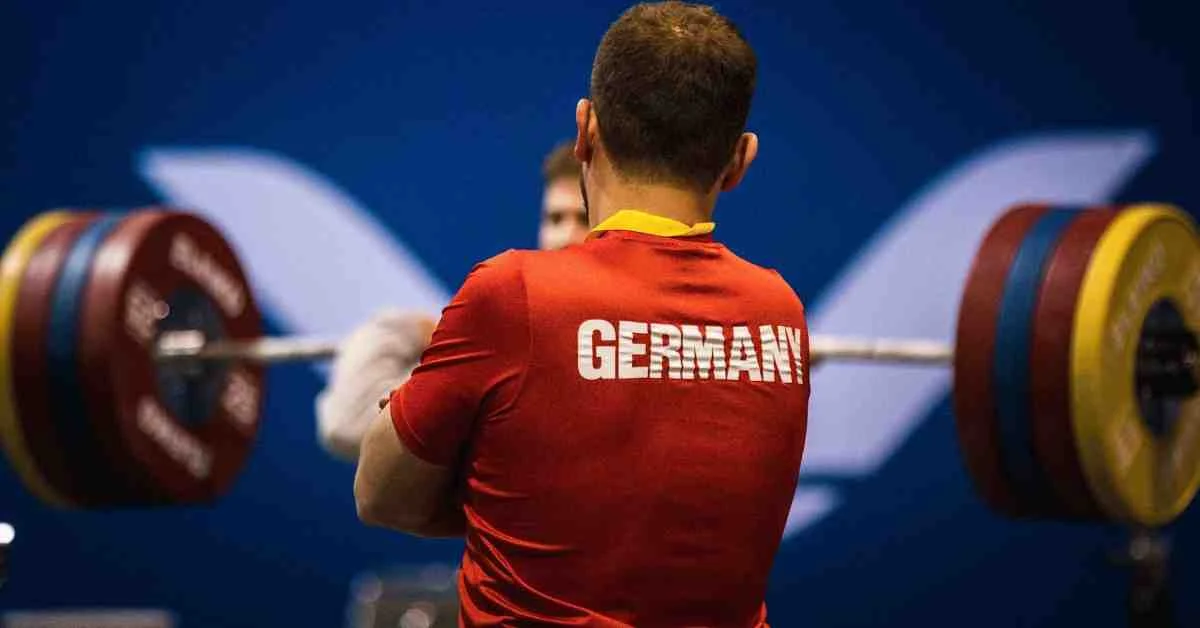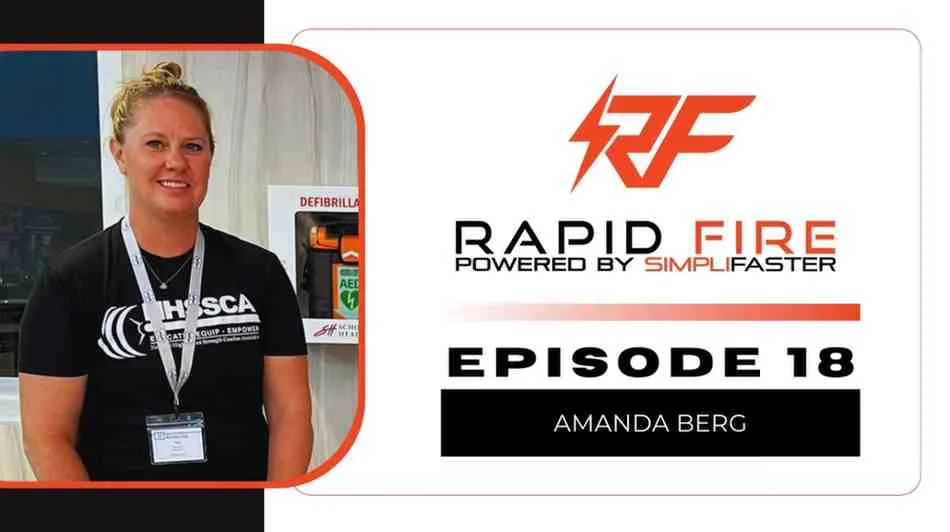[mashshare]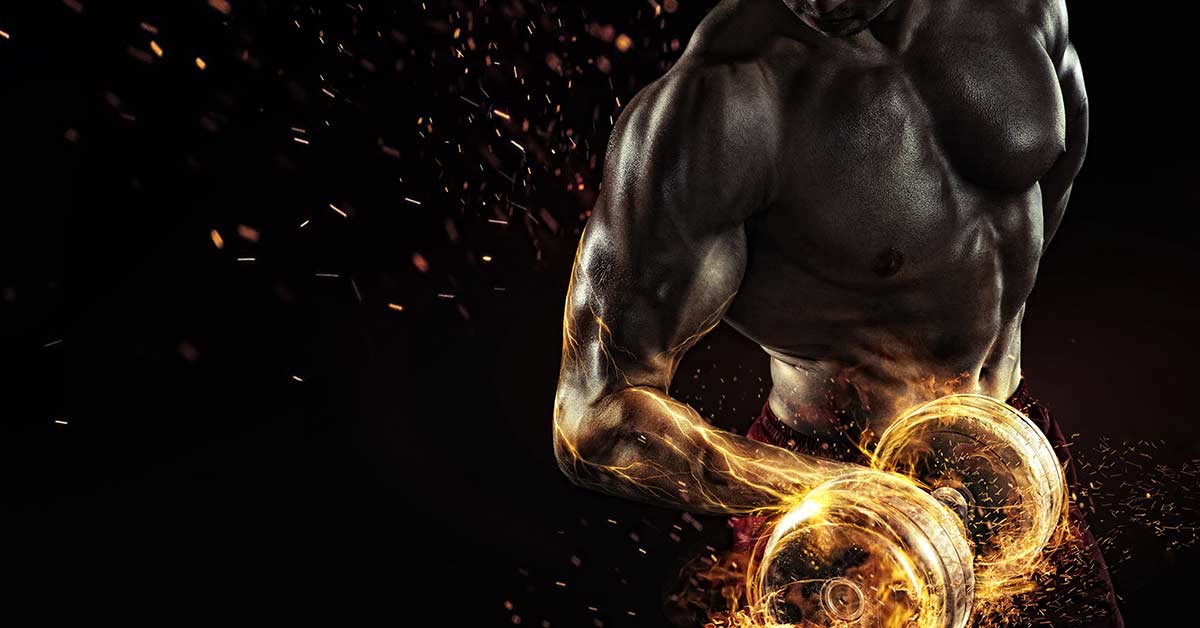
If you are reading this, chances are you are already familiar with the concept of microdosing from many of Tony Holler’s articles at the Track Football Consortium or here on SimpliFaster. We have seen this concept applied to short sprints with three to four fly 10s. We’ve also seen this applied to speed endurance work, with minimal reps and longer rest periods in between the longer distances that are covered. We’ve even seen it applied to practice theory and having a minimal amount of practices during a week period, taking into account some extreme cases with as few as one practice a week (which I have gotten away with on several occasions).
I think the success that coaches have had using this technique in a high school setting has been pretty well documented (we are anxiously waiting for someone in the college or pro levels to apply it to see what kind of results they get). But how can you take this concept off the track and apply it to other settings, like the weight room? Come with me down this rabbit hole, as I have discovered a couple of unique and powerful tools to support this method.
We are waiting to see the results of someone who applies #microdosing at the college or pro levels, says @korfist. Share on XIn the weight room, one concern I have is that a lot of what we do may or may not have an impact on sprinting, because we move the bar so slow and, in some fashion, not at all like we would move when we run. There is also a lack of timing, as well as a question of the role of slack or lack thereof in dealing with a bar on our shoulders. In trying address these thoughts, I back-doored my way into finding the first tool I want to discuss, the Exogen suit. I had an idea for overspeed training where—if I could weigh down a limb with a small amount of weight and pull the athlete at maximal speeds—I could force the muscle to contract faster with that little bit of weight and strengthen the muscle at speed. It would certainly be a change in environment.
I had heard that Henk Kraaijenhof was experimenting with something like this with an athlete he trains, so I emailed him and asked for details on what he had going on. All he responded with was a picture of an athlete wearing what looked like a Venom costume. It was some form of neoprene tights, with discs stuck to the suit. He is usually good at leaving me hanging and letting me do a little work for myself. And I knew if Henk was using it, it had to be good—otherwise, he wouldn’t waste his time.
Movement at Speed
With a little digging and research, I found out that the equipment in the picture was the Exogen suit, made by the movement technology company LILA. The concept behind it is that, in order to truly strengthen a movement, you have to execute that movement at the appropriate speed. As previously mentioned, the speed and movements performed in the weight room may not always have the most beneficial effect. On the other hand, if you weight the limb either with weight or speed, you can injure your athlete. (Think 5-pound ankle weights, which do not always have the greatest benefit.)
The Exogen suit utilizes weight by the gram. It is a compression-type suit made of Exoprene™, and you stick the 200-300g weights to the suit with Velcro. The weights are teardrop-shaped, so the heavier part can go closer to the joint and make it weigh even less.
The experience of running while wearing the Exogen suit is actually quite amazing, because nothing moves when you have it on: You don’t feel the weights moving with momentum. It is a pure movement feel, unlike ankle weights or even the Kolka Thigh trainers (who remembers those from the early 2000s?).
So, as I usually do, I bought a bunch of the stuff to try it out on myself and on some test-case athletes. I always try new products and methods out on myself before I let my athletes take a shot. Strangely enough (for me), instead of doing the most difficult/extreme exercises first, I actually followed the instructions, and man am I glad I did.
The progression is to start with the calf sleeves first to train better hamstring function. I put on my calf sleeves with 200 grams and went through the normal warm-up my sprinters would do—some booms, lateral chain, and mini hurdles. I could feel something, but not enough to change my timing. When I took the sleeves off, I felt like I was flying. A day later, I really didn’t feel any soreness from the exercise. But that night, while I was walking my dogs, it kicked in: DOMS hit my hamstrings hard.
It took about a week for the soreness to dissipate. Next, I had to try the sleeves with my athletes. A quick caveat: I did not time any improvements. When we started the project, it was 80 degrees out. When we finished the cycle, it was in the 40s and 50s. No one runs fast in cold temperatures.
Did the athletes have a noticeable change? Yes, for some reason, their turnover improved, noticeably. They all felt like they were flying. Stride length looked the same, if not better.
So I tried it out with my Girls Lacrosse team, which included five Division 1 athletes who have been with me for three years. Due to weather and space limitations, we timed Freelap 40s in different locations for pre and post. Pre was an outdoor track in 90-degree weather, and post was indoor in a crowded fieldhouse. But we saw some substantial time drops from the girls who wore the suit versus those who did not. I have seen enough to warrant buying more calf sleeves.
Microdosing with the #Exogen suit strengthens movements at the proper speed and recruitment, says @korfist. Share on XIn my mind, the Exogen suit supports the concept of microdosing by applying very small amounts of weight to strengthen our bodies instead of big, heavy weights. For example, instead of doing glute-ham raises with a plate or rubber band, we used the 200g of weight behind our calf to strengthen our hamstrings. While heavy weight room work is not quite the movements we use in sport and may change recruitment patterns and recovery times, microdosing with the suit strengthens movements at the proper speed and recruitment.
Occlusion Training
In pursuit of more microdosing-based methods, the next pieces of equipment I tried were the B Strong blood flow restriction training cuffs. Cal Dietz raved about these in his workouts. Remember, his idea—which I agree with—is that no change happens in a session unless you trigger a hormonal response or change the tissue.
The B Strong cuffs limit the flow of blood, which causes fatigue when exercising with light weights. The fatigue sends a message to the brain to help more by sending growth hormone to the receptors, which will result in stronger muscles without using heavy weights. And because the weights are light, there is no poor form or the compensatory recruitment patterns that often come with poor form. Better yet, there is little muscle damage from using the lighter weights, so recovery times will be lessened.
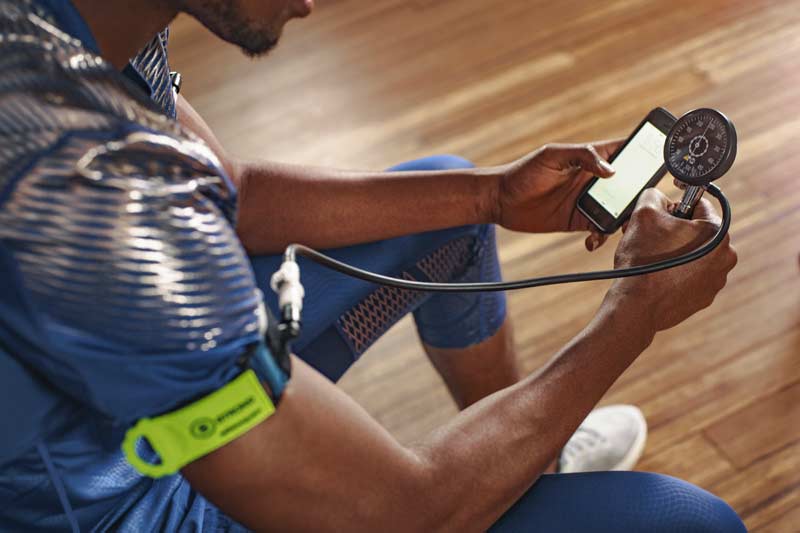
One aspect that excites me about the potential of the B Strong cuffs is an idea that Cal and I share: the concept that restricting blood flow will also force the fast twitch muscle fibers to fire more. There is no oxygen to supply the slow twitch muscles, and that will force the body to use fast twitch muscle fibers or maybe even help the conversion of slow twitch to fast twitch.
Additionally, a fight that I lose every year is the idea that an off day is an off day during track season. My athletes find a way to get back into the weight room to do their upper body work (mostly above and beyond what I suggest; therefore, throwing off future workouts due to the lack of recovery from actual beneficial work). The cuffs could serve as a meeting in the middle: The athletes can now do all of their bodybuilding work using the cuffs, without the same muscle/system damage caused by the “curls for the girls/suns out, guns out” workouts.
As with the Exogen suit, I had to try it myself. I had tested another cuff in Venice Beach, when teaching RPR at OsteoStrong. I liked it, but I went with the B Strong cuffs. For fear of another weeklong soreness, I followed the advice of Sean Whalen and did not go all-out on my first try with everything on and crank it to 11. I started with just the arms and did 5-pound curls and triceps extensions for 30 seconds on and 30 seconds off for 10 minutes. I was tired at the end and my arms felt full, like I had a really good pump.
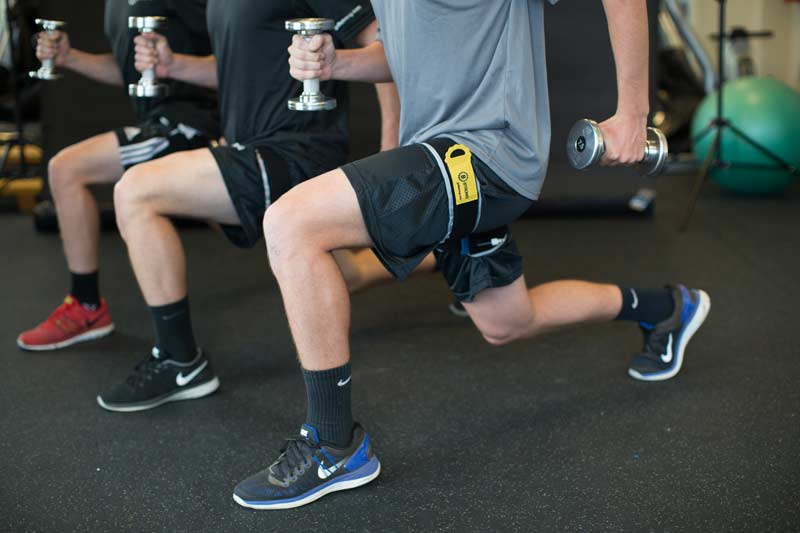
The next day I did body weight squats with the same intervals. The following day, I could feel I had worked out: My muscle tissue was sore, but not the typical sore. It was a better sore, if that makes sense. But most importantly, my elbow did not feel wrecked. My elbow takes a beating from all of the RPRI do and it prevents me from doing any arm exercises. I even had to get rid of my favorite—chins.
The next day, my elbow actually felt better. So, for a 50-year-old who likes to beat up his body, this may be a great alternative. For my athletes, we will see when track starts. From a running standpoint, and no indoor track, we could do high knees for time and possibly elicit the same response as a longer run. Outdoors, I am thinking of doing 23-second runs with the leg cuffs.
It seems sensible to investigate the possibility of #microdosing with the support of new technology, says @korfist. Share on XWith less weight and more specific recruitment with regards to speed, microdosing with the support of new technologies seems to be a sensible path to further investigate, especially if we can stimulate a change in muscle type (fast twitch) or muscle chemistry (growth hormone).
I’ll share more at TFC-Chicago in December. My topic will be microdosing in the weight room, and we will investigate these ideas as well as some others during the session.
[freelap-share]
[mashshare]


